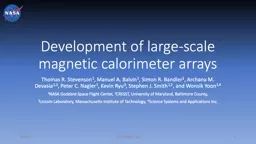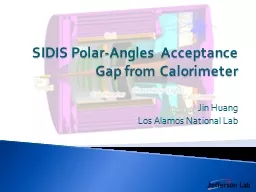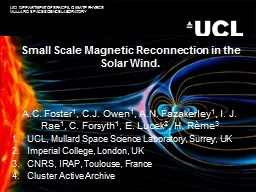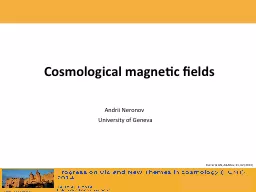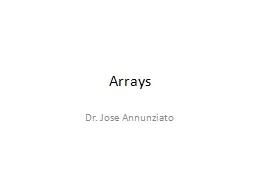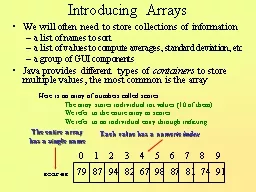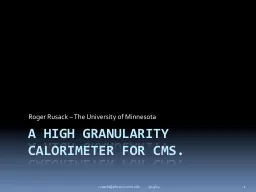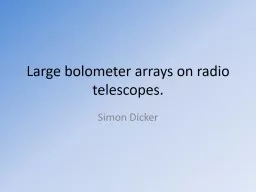PPT-Development of large-scale magnetic calorimeter arrays
Author : beatever | Published Date : 2020-06-15
Thomas R Stevenson 1 Manuel A Balvin 1 Simon R Bandler 1 Archana M Devasia 12 Peter C Nagler 1 Kevin Ryu 3 Stephen J Smith 12 and Wonsik Yoon 14 1 NASA Goddard
Presentation Embed Code
Download Presentation
Download Presentation The PPT/PDF document "Development of large-scale magnetic calo..." is the property of its rightful owner. Permission is granted to download and print the materials on this website for personal, non-commercial use only, and to display it on your personal computer provided you do not modify the materials and that you retain all copyright notices contained in the materials. By downloading content from our website, you accept the terms of this agreement.
Development of large-scale magnetic calorimeter arrays: Transcript
Download Rules Of Document
"Development of large-scale magnetic calorimeter arrays"The content belongs to its owner. You may download and print it for personal use, without modification, and keep all copyright notices. By downloading, you agree to these terms.
Related Documents

